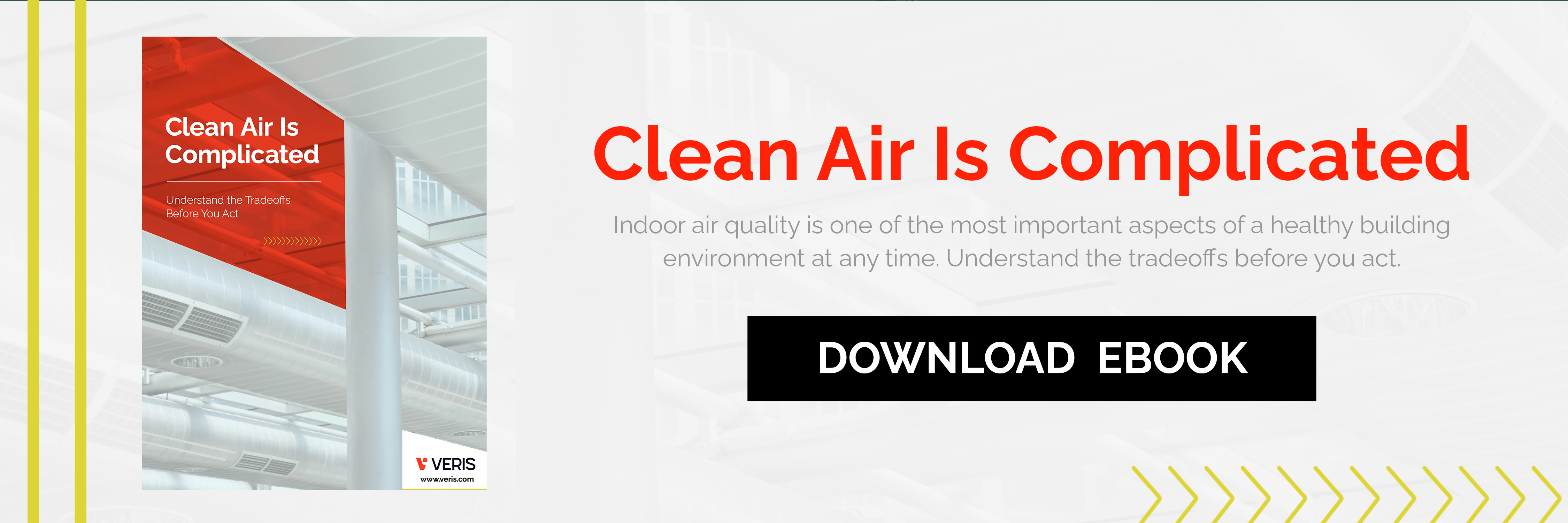HVAC Systems for Schools: Why Are They Important?

What is the Indoor Air Quality Standard for Schools?
The EPA asserts that “Good IAQ contributes to a favorable environment for students, performance of teachers and staff and a sense of comfort, health and well-being. These elements combine to assist a school in its core mission — educating children.”
In order to maintain good indoor air quality in schools, ASHRAE recommends ensuring that your ventilation system allows for minimum air ventilation of 15 cubic feet per minute (CFM) per person in many common school areas, including:
- Classrooms
- Music Rooms
- Libraries
- Auditoriums
- Spectator Sport Areas
Other areas, like cafeterias and conference rooms, should have even greater ventilation.
Why Good HVAC Systems are Essential for Indoor Air Quality in Schools
The HVAC system includes all heating, cooling and ventilating equipment serving a school. The two most common HVAC designs in schools are unit ventilators and central air-handling systems. Maintaining and upgrading these systems over time is essential to maintaining excellent IAQ. There are many ways to improve your HVAC system to better support air quality.
For example, IAQ monitoring technologies such as IAQ room sensors can detect and help with:
- Mold
- Radon
- Secondhand smoke
- Asthma
- Portable classrooms
It’s worth further considering the presence of diesel exhaust from school buses, the close together nature of school building occupants, and the effect of art/science supplies, home economics classes, and gym activities on IAQ.
Unlike other buildings, a school also sits at the intersection of public funds and child safety. Parents and the community at large will have strong interest in an optimal and healthy school environment.
School indoor air quality is particularly important as it may affect the health, performance and comfort of school staff and students. Indoor Air Quality (IAQ) monitoring technologies and HVAC system improvements are a critical component of a healthy school building and a worthy investment.
5 Ways to Improve Indoor Air Quality for Schools
In recognition of tight school budgets, there are a few practical and often low-cost actions that schools can take to identify and address existing or potential air quality problems. Current school staff can perform limited and well-defined basic operations and maintenance activities, but certain actions may require specialized expertise. Here are a few core areas to focus your efforts to improve indoor air quality in schools:
1. Bring in as much outdoor air as possible. This may be as simple as opening windows or hallway doors in fair weather, but it also means leveraging an adequate ventilation system, tracking its performance, and maintaining the equipment.
2. Optimize heating, ventilation, and air conditioning (HVAC) settings. The more carefully you monitor your HVAC system with sensors and building automation solutions, the easier it will be to optimize the settings based on occupancy and current IAQ conditions.
3. Filtering and/or cleaning the air. This can require specialized HVAC/R equipment that would be ideal as an upgrade to fund with current federal grants available for K-12 schools.
4. Consider the use of portable carbon dioxide (CO2) monitors that are easy to install, more cost-effective than complex HVAC equipment upgrades, and keep track of a critical indicator of IAQ.
5. Ensuring the use of exhaust fans to expel pollutants in the air from school supplies and activities. Bringing in fresh air is important, but so is getting rid of indoor air that is no longer high in quality.
Easily Improve Your School’s Indoor Air Quality
It doesn’t have to break the bank or involve convoluted procedures to keep HVAC systems in good working condition and up to date. We invite you to read our free guide, Clean Air is Complicated, to learn more about how indoor air quality in schools is one of the most important aspects of a healthy building environment at any time — and what you can do about it.





